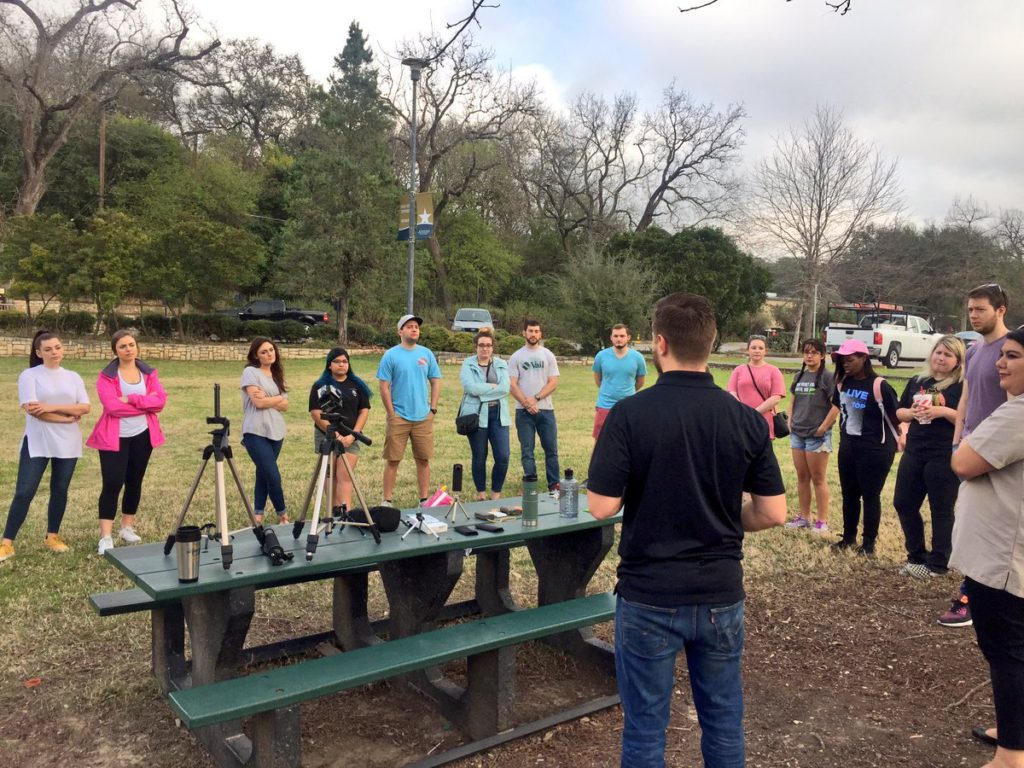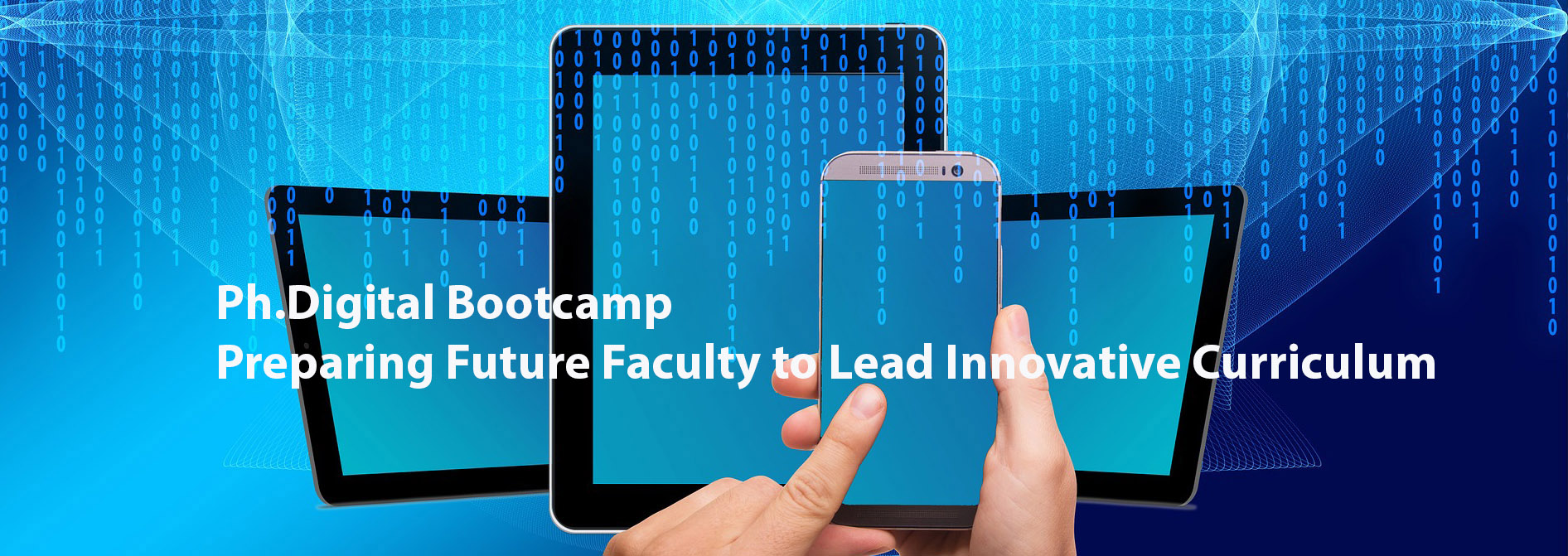 Instructor: Jon Zmikly
Instructor: Jon Zmikly
Week of April 16
As we’ve learned so far throughout the PhDigital Bootcamp, the Internet and digital technology have had a tremendous effect upon legacy media companies, both in organizational structure and in content delivery. By and large, this provided many new opportunities for media companies to connect with their audiences and tell effective stories.
In this module, we will explore some exciting advances in the media industry today surrounding virtual and augmented reality. While immersive and 3D experiences have existed for years, they have only recently enjoyed success as viable storytelling options for journalists and media practitioners. Thanks to the rapidly growing mobile industry and advanced, affordable camera and software options, the barrier to entry into these spaces for media organizations is quickly eroding. Plus, as digital media titans like Google and Facebook invest in this new storytelling platform, immersive experiences are quickly becoming mainstream.
What is VR / AR / MR?
Virtual reality (VR) refers to any computer-aided technology that allows users to feel like they are in a different environment than their actual reality. The onset of digital and mobile technology has brought with it new apps and devices that can deliver much more believable and “real” immersive experiences than ever before. VR can be created using computer-generated programs such as Unity, or 360º cameras. NASA, for example, has recently built a physics-based virtual experience of Mars, consisting mostly of computer animation and digital renderings of the red planet. Other examples range from virtual reality gaming to immersive journalistic storytelling with 360 video, each of which brings its own unique set of opportunities and challenges.
Watch the video below to learn more about virtual reality:
Augmented reality (AR): While virtual reality experiences are meant to bring the user into another world (walking around on Mars or “attending” a concert halfway around the world), augmented reality changes (or augments) the world a user is already in. One of the most popular examples of this is Pokemon Go, the smartphone app that allows user to find and “catch” Pokemon characters that exist in their physical space. The game was an immediate sensation because it had very little barrier to entry (almost everyone has a smartphone), and it allowed people tin interact with their environment in a way they never had before. For another example of augmented reality, take a look at this experience that Pepsi Max created for people in a bus shelter, and imagine how you might react!
Mixed Reality (MR): Many experts believe the future of immersive content lies in “mixed reality”, a combination of augmented and virtual reality. In MR, a user can interact with virtual objects within their actual space. For example, someone could “play fetch” with a virtual dog. New technologies such as Microsoft HoloLens and the Meta 2 are exciting platforms for these experiences, and there is great potential for commercial applications.
Watch the video below to learn more about augmented and mixed reality:
Experience VR:
- Download the nytvr (New York Times VR) app. Find a story that looks interesting to you, and use your mobile device to experience the story (beware if you have an older phone it may freeze up on you!). Choose the 360 option if you don’t have a headset.
- Check out The Displaced – a New York Times immersive story on the Syrian refugee crisis. From a browser, you can use your mouse to scrub around the environment.
- Watch One Dark Night (as discussed in the video above). You can not scrub through this experience because it was pre-recorded from a tethered headset.
The Future of News
According to VR storyteller Nonny de la Peña, virtual reality is the future of news. Take a look at her TED Talk to learn why:
Experience AR:
- Google Translate – Download the app, and then use the interface to take a picture text. The app will translate it for you on-the-fly! It’s magic. And amazing.
- IKEA Catalog App – See what furniture might look good in your home or office using the “3D” button at the top menu area of the app
- Augmented Reality: Four of the Best Olympians, as You’ve Never Seen Them
VR Tour in the MILab
Discussion Assignment:
This week, we’ll join a conversation on Slack with you this week in #immersivestorytelling about these questions:
- Between AR, VR, and MR, which do you think is more exciting, and why?
- After experiencing the VR examples provided in this module, how would you describe the experience? Was it good or bad? Did you truly feel immersed, forgetting about your actual reality, or were you still quite aware of your actual surroundings? What factors contributed to those feelings?
- After watching Nonny de la Peña’s TED Talk, do you agree with her that VR is the “future of news”? Why or why not?
- What are some potential challenges or ethical issues that might arise from these new forms of storytelling?
If you haven’t done so already, please take the Mid-Workshop Evaluation, so we can get your feedback as we prepare for the in-person session.
